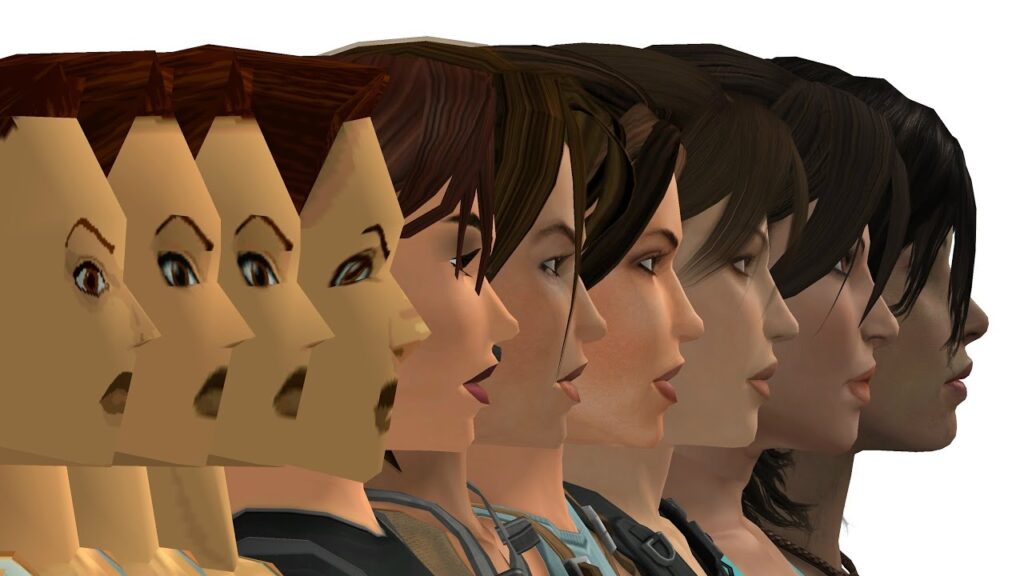As a long-time PC gamer, I’ve witnessed firsthand the incredible evolution of gaming graphics. From the pixelated worlds of the early days to the stunningly realistic environments of today, the advancements in graphics technology have been nothing short of astonishing. I remember the days when games like “Wolfenstein 3D” and “Duke Nukem 3D” were considered cutting-edge, with their blocky characters and simple textures.
The introduction of 3D graphics in the late 1990s and early 2000s marked a significant turning point in PC gaming. Games like “Half-Life” and “Unreal Tournament” showcased the potential of 3D graphics, offering more immersive and realistic gaming experiences. The shift from 2D to 3D graphics was a game-changer, allowing developers to create more complex and detailed worlds. I was blown away by the level of detail and realism in these games, which made the gaming experience feel more lifelike than ever before.
As technology continued to advance, so did the quality of PC gaming graphics. The introduction of high-definition (HD) graphics and advanced rendering techniques brought gaming visuals to a whole new level. Games like “Crysis” and “The Witcher 3” pushed the boundaries of what was possible, offering breathtakingly realistic environments and character models. The attention to detail in these games was astounding, from the way light reflected off surfaces to the intricate textures of clothing and landscapes.
Looking ahead, the future of PC gaming graphics is incredibly exciting. With the advent of technologies like ray tracing and advanced AI, the possibilities for creating even more realistic and immersive gaming experiences are endless. I can’t wait to see what the next generation of games will look like and to experience the thrill of exploring new worlds with even greater visual fidelity. The evolution of PC gaming graphics has been an incredible journey, and I’m eager to see what the future holds.
